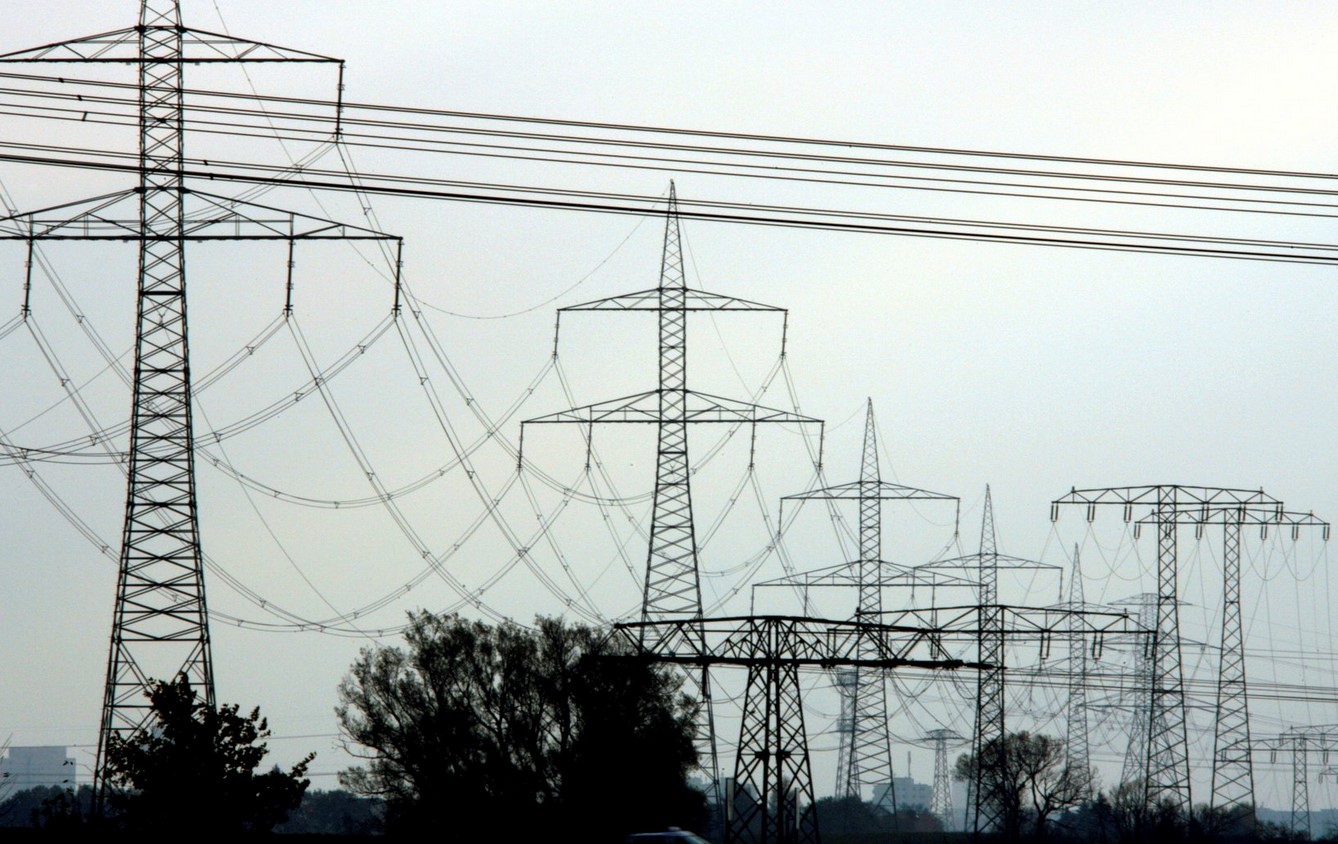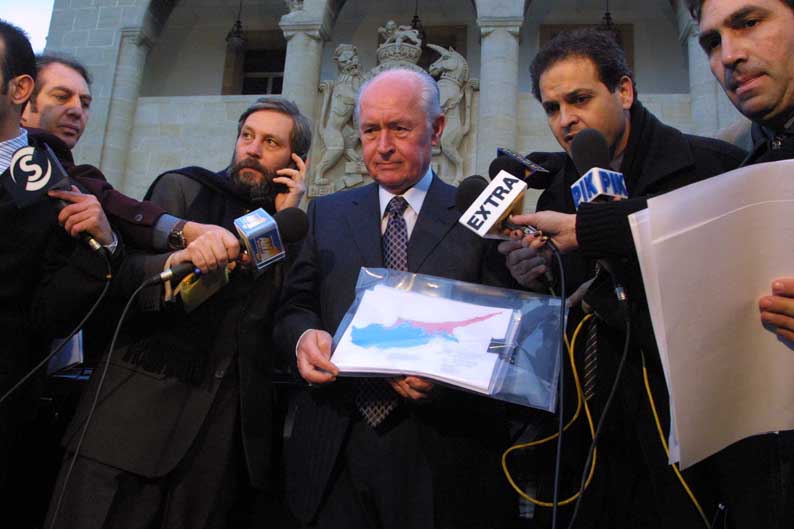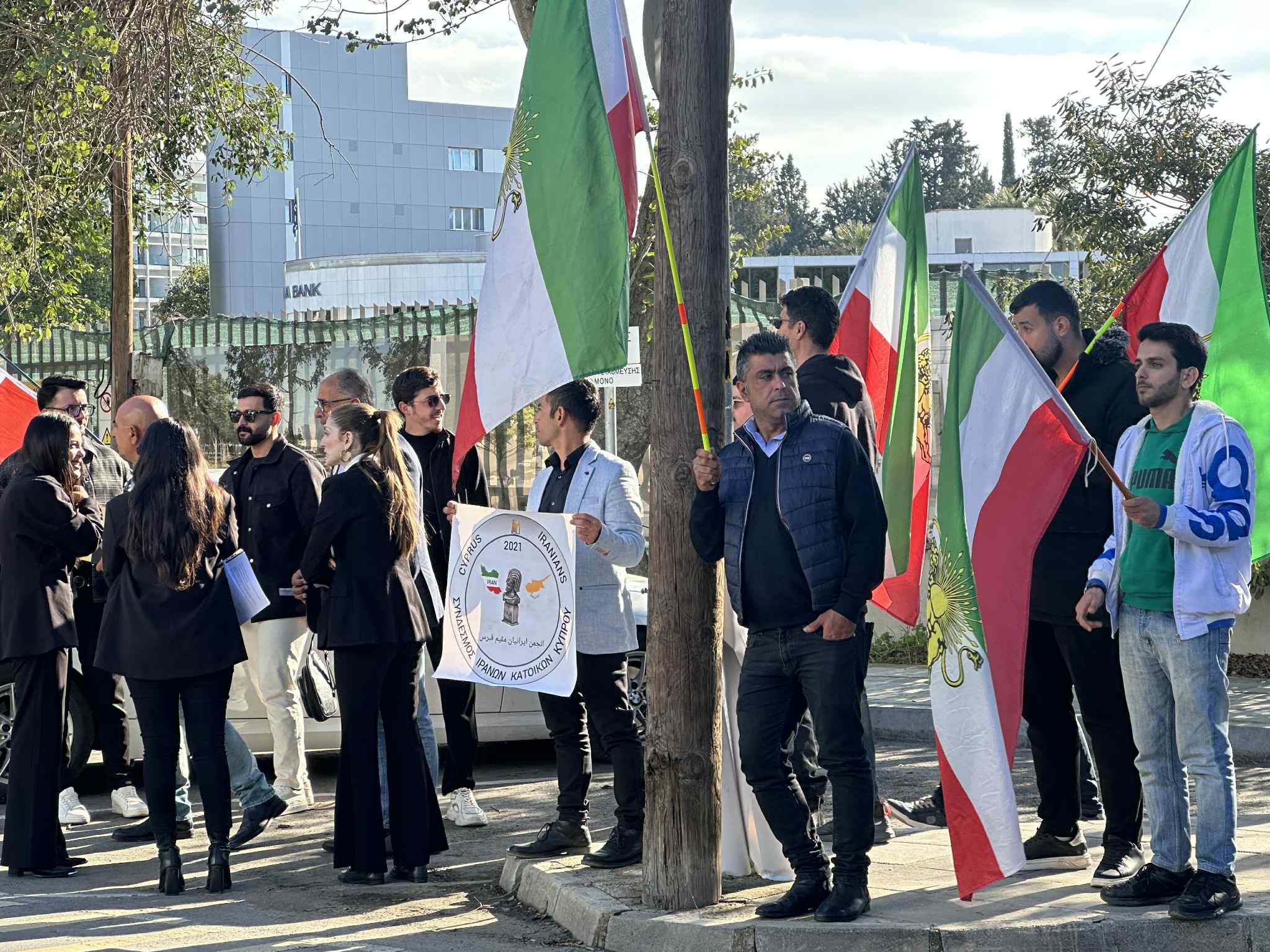EU-funded researchers are looking to improve electric grid to reduce energy waste, cut costs and curb emissions.
By Jack McGovan
When news articles appeared in 2021 about a slowdown in copper production and concerns about being able to meet future demand for the metal, Dr Anders Wulff became concerned.
As an engineer, Wulff understood better than most people that the current generation of power grids in Europe and elsewhere would be unable to function without copper. The reddish metal is the conductor in electricity cables and, without it, there’d be no way to transmit power over long distances.
Wulff is involved in an innovation project that received EU funding to develop a cable made of something very different: ceramics.
‘It’s basically the same material you would use for coffee cups or plates,’ said Wulff, who is chief executive officer of SUBRA, a Danish superconductor manufacturer. ‘My coffee cup is rigid, but if I thin down the walls to a few micrometres I can start bending it.’
SUBRA makes electric cables based on superconductor technology and is accelerating this work in a new EU-backed project called SUBRACABLE, which will run for two years until August 2025.
Superconductors are materials that, at low temperatures, conduct electricity without any electrical resistance. A special type of ceramics are among numerous materials that can become superconducting at low temperatures.
One advantage of superconductor technology is that it is much less reliant on copper, which is used in these new cables only to a limited extent to provide structural support for the otherwise brittle superconductor.
Another key advantage is that, because of the lack of electrical resistance, superconductors waste much less energy.
To understand how, consider the basics of an electric current and the example of a toaster.
When an electric current runs through a material, there is some resistance. In a toaster, the heating element, called the coil, has a particularly high resistance to electricity.
When the electricity runs through the toaster’s coil, a lot of that energy is converted into heat as a result of the high resistance. This is what produces the heat that toasts the bread.
While in power grids the resistance is considerably lower than in toasters, it is nonetheless significant. In 2020, around 16 per cent of energy in Europe was lost while moving electricity around the continent.
By contrast, superconductor cables are able, at low temperatures generated using cost-effective cooling solutions, to conduct electricity without losing any electrical energy to heat. That offers the prospect of reducing energy losses and, by extension, energy demand.
Wasting less energy would help the world curb greenhouse gas emissions that are accelerating climate change, adding to the urgency of building a larger and more efficient electricity grid.
‘We’re going to need a doubling or tripling of the transmission rate of electricity today if we want to move away from fossil fuels,’ said Wulff.
In the SUBRACABLE project, the company has so far produced small prototypes – less than a metre in length – of an innovative superconductor cable made with ceramics. By making the leap from the currently used flat tape technology to a bundled cable option, they hope to be able to overcome existing barriers to the scalable and cost-effective production of superconductor cables.
The prototype uses 99 per cent less copper and has a 90 per cent reduction in energy loss compared to conventional copper cables.
Furthermore, the SUBRA cable has an advantage over other superconductors on the market: less challenging temperature requirements.
Usually, superconductors must be cooled to extremely low temperatures to work – as low as minus 270 degrees Celsius.
The SUBRACABLE prototype is a high-temperature superconductor, meaning less need to cool. The required temperature is around minus 196 degrees Celsius, making it about 100 times cheaper to cool than the low-temperature superconductors.
‘The Holy Grail of human society would be skipping the cooling part,’ said Wulff. ‘We have come as close as possible to that, though we still need the cooling.’
SUBRA hopes to produce a 50-metre test version of the cable over the next year and a 400-metre full demonstration cable within 18 months from now.
By 2027, the company aims to establish a new, fully operational factory for volume production of the cables, according to Wulff.
Deploying superconducting cables to accelerate the transition to cleaner energy is the goal of another EU-funded project. Called SCARLET, it runs for four and a half years through February 2027.
Researchers are carrying out modelling work on two potential cables with the aim of starting tests on prototypes in early 2026.
One cable is a high-temperature conductor similar to SUBRACABLE, while the other is made of magnesium diboride – a dark grey compound formed from a reaction of magnesium and boron together at high temperatures.
‘The idea is that the cables should be ready to be produced after the project for anyone who wants to buy them,’ said Dr Niklas Magnusson, an engineer at Norway-based independent research organisation SINTEF and co-ordinator of SCARLET.
The researchers are seeking to reduce the costs of setting up infrastructure for sources of renewable energy.
On offshore wind farms, for example, large platforms collect all the electrical energy generated by the turbines. Roughly the size of half a football stadium, the platforms contain plenty of equipment like an AC/DC converter necessary for delivering the electricity to shore.
A superconducting cable renders a good deal of that equipment unnecessary. Typically, electricity is sent to shore in high-voltage cables, requiring large conversion and transformer stations on the collector platform.
Because superconductors have no resistance, they can carry high currents, making the costly transformation into high voltage unnecessary.
So, for example, on a wind farm producing a gigawatt of energy, around 10 000 tonnes of material on the platform could be removed, according to Magnusson.
He estimates that the use of a superconducting cable on a wind farm can reduce the costs of setting it up by about 15 per cent.
Such savings could be crucial as the EU pursues a goal to increase the share of renewable energy to at least 42.5 per cent of consumption in 2030 from 23 per cent in 2022.
Bottom-line gains are all the more important because a big market obstacle for superconducting cables is an entrenched habit resulting from the power industry’s decades of reliance on copper, according to Magnusson.
‘If you want to change a technology that has been working for 50 to 100 years already, there needs to be a big benefit,’ he said.
This article was originally published in Horizon, the EU Research and Innovation Magazine.







Click here to change your cookie preferences